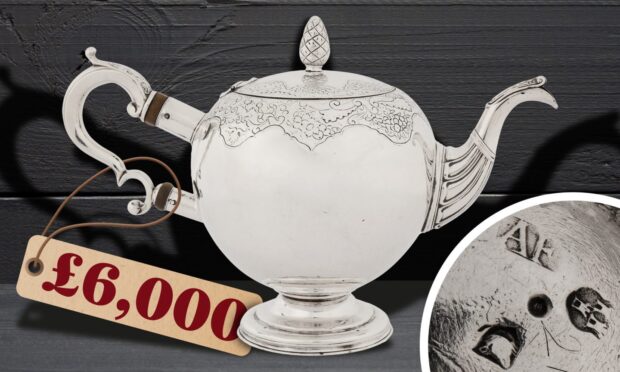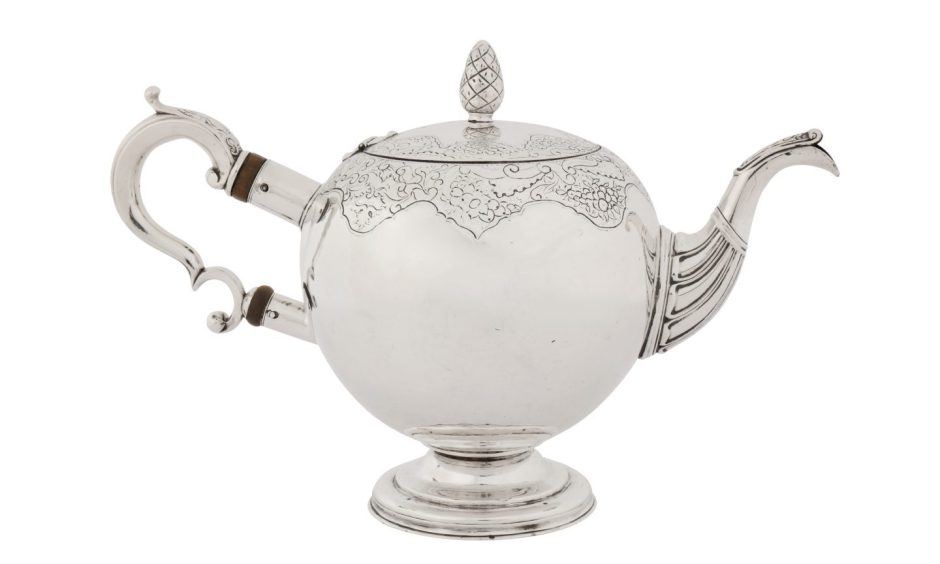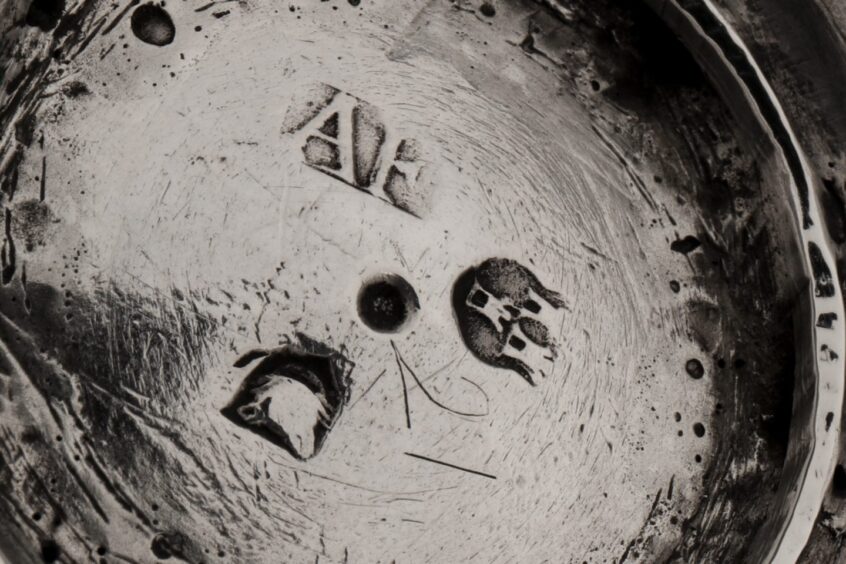Do you have a rare antique item gathering dust in your home? Read on to find out if it’s the same item that can bag you £6,000.
A rare piece of silver, made in Aberdeen during the mid-1700s, is set to fetch up to £6,000 at auction later this month.
This item is none other than a teapot, that was made in the Granite City in 1735.
The teapot is considered to be a very rare example of Scottish provincial silver, hence why it’s worth a few pennies.
How much is the teapot worth?
The hard to come by item is set to be auctioned off next Tuesday, June 11.
You might already have one of these tucked away in a cupboard or up your loft, thinking it’s probably not worth anything nowadays.
But, it just might be if it’s anything like this 289-year-old antique.
The unique teapot, coming to auction in London, at the sale of Silver and Objects of Vertu at Chiswick Auctions is expected to bring anything from £4,000 to £6,000.
What makes the Aberdeen silver teapot so rare?
Teapots of this spherical ‘bullet’ form design from the reign of George II are quite characteristic of Aberdeen silver although most survivors bear the mark of the city’s most prolific silversmith George Cooper.
However, this example, with a ‘pineapple’ finial, carries the maker’s mark AF for Alexander Forbes. Working from c.1728-53, his hollowares are much less frequently encountered.
Scottish provincial silver, distinguished by a multitude of town marks, has been collected since the 19th century.
Currently some 30 different centres of production are recorded, from Arbroath to Wick.
Despite laws instructing goldsmiths to send their wares to Edinburgh (and later Glasgow) for hallmarking, many silversmiths from the burghs of Scotland enjoyed sufficient independence from the assay office to use local marks.
They did this to avoid the perils of travel and (after 1784) to escape paying duty.
Do you have an antique silver teapot laying around in your cupboards? We suggest you have a look as it could earn you up to £6,000.



Conversation